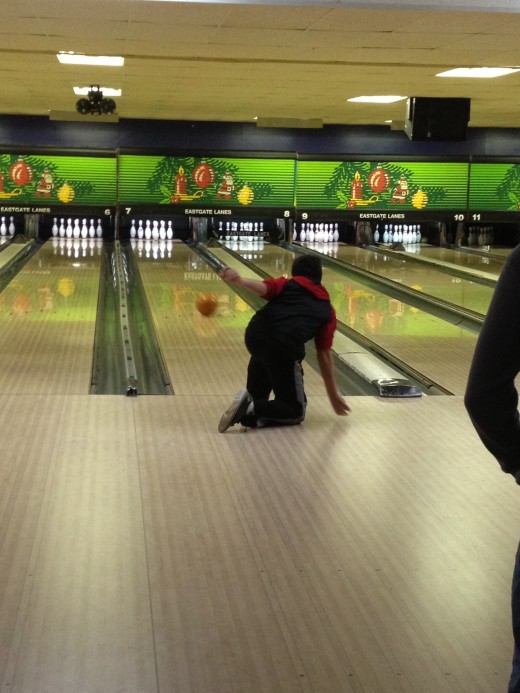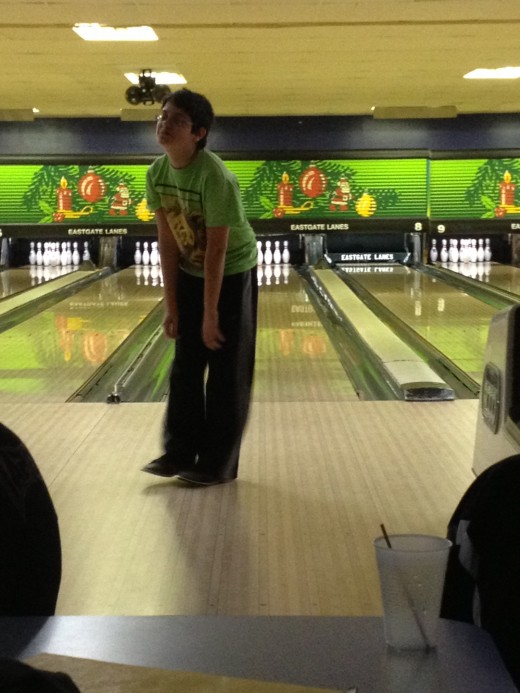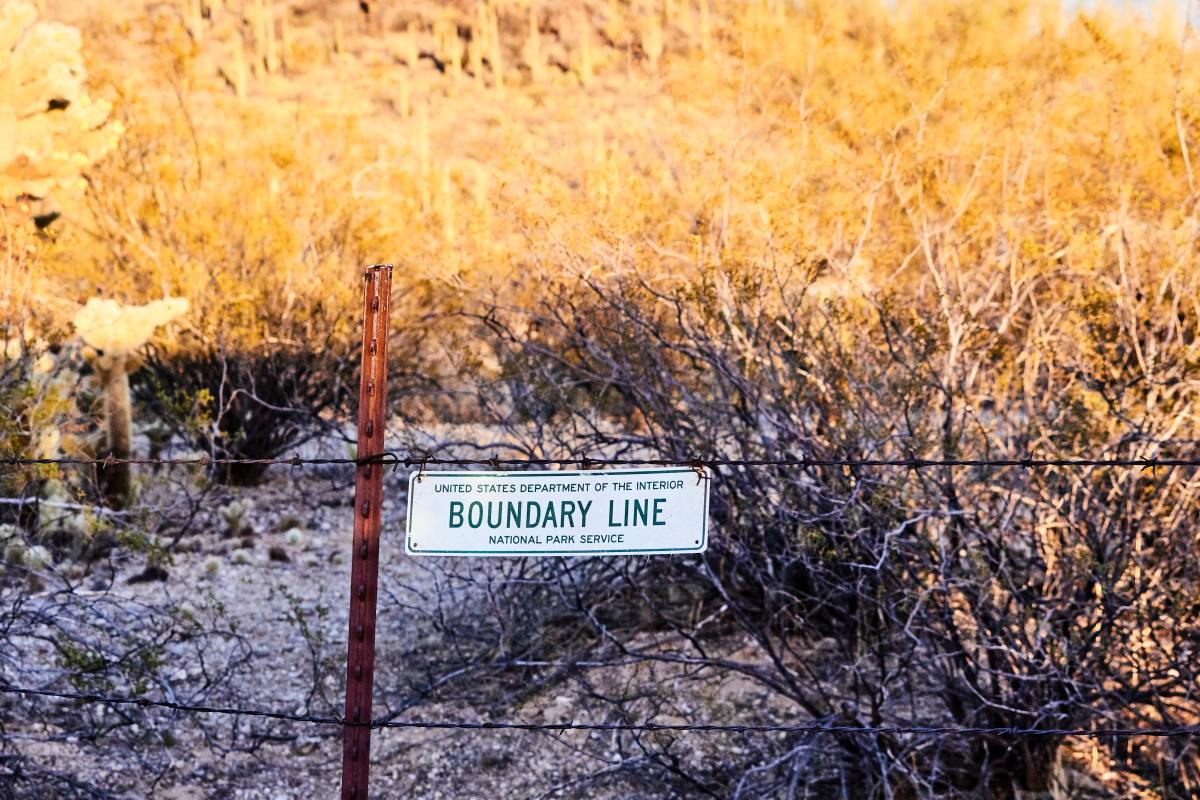Understanding Camaraderie Among Boys
You've Got This One, Buddy!

It was Ethan's turn to bowl. As he took his stance, and swung his arm up behind him in order to spin the ball down the lane, his comrades held their breath in anticipation. All eyes were upon the lone pin positioned on the far right. Would he knock it over?
As the ball rocketed towards the end of the alley, it swerved just a bit to the right, curved, and just kissed the pin. The pin rocked back and forth, spun around and fell over. The boys exploded with whoops and hollers while slapping Ethan on the back.
"We knew you could do it!"
Ethan and his classmates have a strong bond of friendship: a camaraderie of familiarity exists between them, founded upon intrinsic beliefs they all value.
Defining Camaraderie
Webster's Dictionary defines camaraderie as a friendly good fellowship. It is derived from the French word camarade and is used to characterize the easy familiarity between those who know each other well.
Aristotle believed friends function as a kind of mirror of each other, meaning their friendship depends upon similar character traits. By having friends who reflect similar character qualities, one can discover their strengths and weaknesses. They share a sense of value.
Shared activities are common to those who have bonds of friendship. It is prompted by the commitment towards one another and the sense of "brotherliness" in companionship.
Understanding Friendship in Children
The "Buddy" System
As boys age, friends are vital to their emotional and social development. Children who lack friends may become deficient in knowing how to cooperate, negotiate, and problem-solve. Adolescent boys develop devoted, intensely strong friendships with other boys through basic play. Group activities are common methods of interaction among boys this age (See levels 3 and 4 on the chart below). Thus, you may find your child's interest in clubs and sports increase due to the mutual relationships formed.
As relationships strengthen, boys tend to demonstrate they are buddies by caring and comforting each other through challenging times and needs. They begin to share their thoughts and communicate their feelings about certain topics. The support of their comrades allows them to feel a sense of belonging and experience positive relationships. Children feel secure within a circle of friends who find them trustworthy and valued.
Levels of Friendship in Children
Age
| Level
| Description
|
|---|---|---|
3 - 6 years
| 0: Momentary Playmates
| Friends are conveniently nearby. They have similar interests. They assume other children enjoy the same activities. They have a preference in friends. It is the "I want it my way" stage.
|
5 - 9 years
| 1: One-Way Assistance, "What's in it for me?
| Friends are those who do nice things for them, such as sharing a toy, save a space for them, give them presents. They put up with some children, just to have a friend.
|
7 - 12 years
| 2: Two-Way, Fair Weather, "By The Rules"
| Children this age begin to consider other's perspective in addition to their own, just not at the same time. They are concerned about fairness and reciprocity, but think about it in terms of the quid pro quo way. They are judgmental of themselves and others. They are concerned with fitting in and have a tendency to be jealous. Often, they form secret clubs with detailed rules.
|
8 - 15 years
| 3: Friendship - Intimate, Mutually Shared Relationships, "Caring and Sharing"
| Friends solve problems and confide thoughts and feelings, usually only with those close to them. They compromise, do kind things for each other without keeping count. Girls, more than boys, may be best friends and do everything together.
|
12 years and up
| 4: Mature Friendship: Friends Through Thick and Thin
| Children place a high value on emotional closeness with friends. They accept and appreciate differences between themselves and their friends. Less likely to feel threatened when friends have other relationships. Mature friendship emphasizes trust, support, and remaining close over time, despite separations.
|
Source: psychologytoday.com
|
Comrades In Action
Click thumbnail to view full-size






Share Your Thoughts
Is camaraderie soley among boys?
Brotherhood Observed Up Close!
There is a friend that sticketh closer than a brother. —Book of Proverbs
Last Christmas we were thrilled to join our grandson's classroom field trip to the local bowling alley. Watching a group of pre-teen boys interact with each other, while actively participating in a competitive game, kept us entertained. We enjoyed watching the camaraderie between them.
We noted a few social characteristics:
- Greetings consisted of invitations to bowl, or a challenge to bowl a high scoring game
- Participation was a slow approach while commenting on some action or thought
- Boys blended into the activity by encouraging each other and verbalizing approval of their friend's bowling style
- A spirit of community developed as they took turns bowling and scoring their results
- Discussions were minimal, but supportive
- Each child felt they had a meaningful role in the activity and worked towards the team goal
Although the teacher was present, he allowed the boys to engage in the activity with minimal intrusion. This actually festered a spirit of brotherhood; and yet, a sense of independence. The banter was lighthearted as they talked about bowling styles, gaming activities, and their Christmas wish list.
The interaction fostered social skills of cooperation, collaboration, empathy, and kindness. Additionally, the physical contact, such as high-fives and back slapping, allowed for emotional support and an attitude of service towards their friends. Clearly the boys were looking at the sport from the other person's perspective. As C. H. Spurgeon once said, "friendship and love, to be real, must not lie in words, but in deeds." This is true camaraderie.















